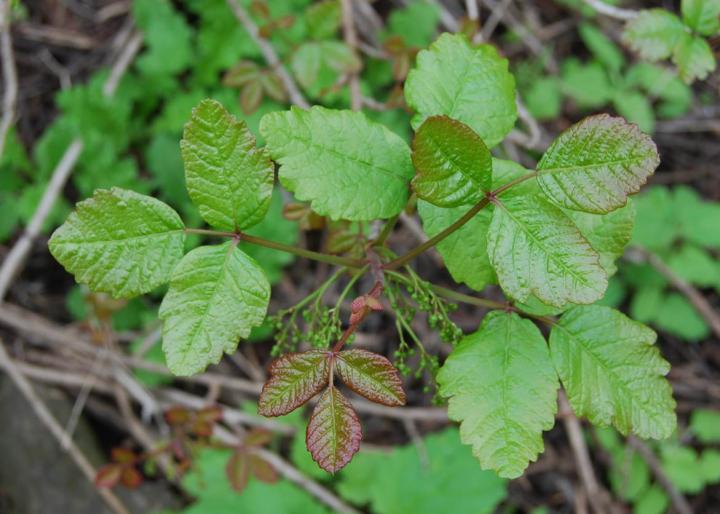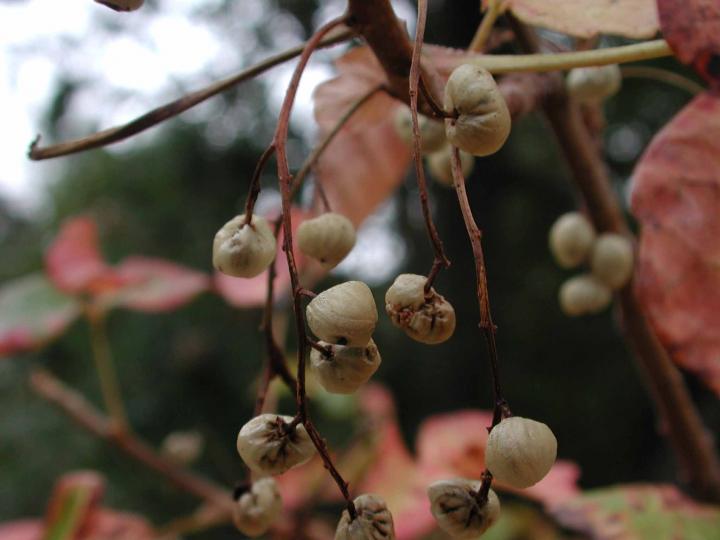






Poison oak can be a harmful plant if you touch it, as its urushiol oil will cause a nasty rash.
California State University Channel IslandsHere are ways to identify poison oak as well as some home remedies to treat poison oak rash.
Poison oak is a counterpart of poison ivy. They contain the same toxic resin urushiol, and their rash and treatments are the same, but they are indeed two different plants.
Poison oak is similar to poison ivy in that it can grow as a vine or a shrub. A major reason that poison oak and poison ivy are often confused is that poison ivy and poison oak leaves both have three leaflets. The leaves also vary in color from reddish in the spring, green in the summer, and reddish or yellow in the fall. The leaves have distinguishing characteristics, though. Poison oak leaves are lobed and have small hairs, while poison ivy leaves are smooth.
While the fruit of poison ivy is the color of pearls, poison oak fruit has a tan color.
Poison Oak Plant Identification

Poison oak, like poison ivy, contains urushiol. This oily substance is what causes a poison oak rash, and it can be almost impossible to avoid. Urushiol will stay on clothes, pets, or other materials for months, and its potency lasts. This means that you could get poison oak without going anywhere near it. In an attempt to avoid urushiol, it is best to wash clothes and pets when you know they have been in an area that contains poison oak.
The urushiol resin can cause harsher reactions for those who have been exposed to it before. Sensitivity to urushiol might decrease if you do not come into contact with it until later in life. Only about 15 percent of people are resistant to urushiol, so don’t feel safe around poison oak unless you are absolutely sure you are resistant. You also may become sensitive with repeated exposure, so your resistance might be short-lived.
The poison oak rash is the same as the poison ivy rash, as both are caused by the toxic resin urushiol. You can read about the symptoms and identifying features of an urushiol rash, as well as the home remedies that can ease the pain from a poisonous plant rash, on our poison ivy page. If you need more home remedies to ease the itch or think that poison oak might not be the culprit, try these great tips. If you don’t mind mixing breakfast and skin care, one tried and true remedy for itchy skin is oatmeal!
Copyright © www.100flowers.win Botanic Garden All Rights Reserved